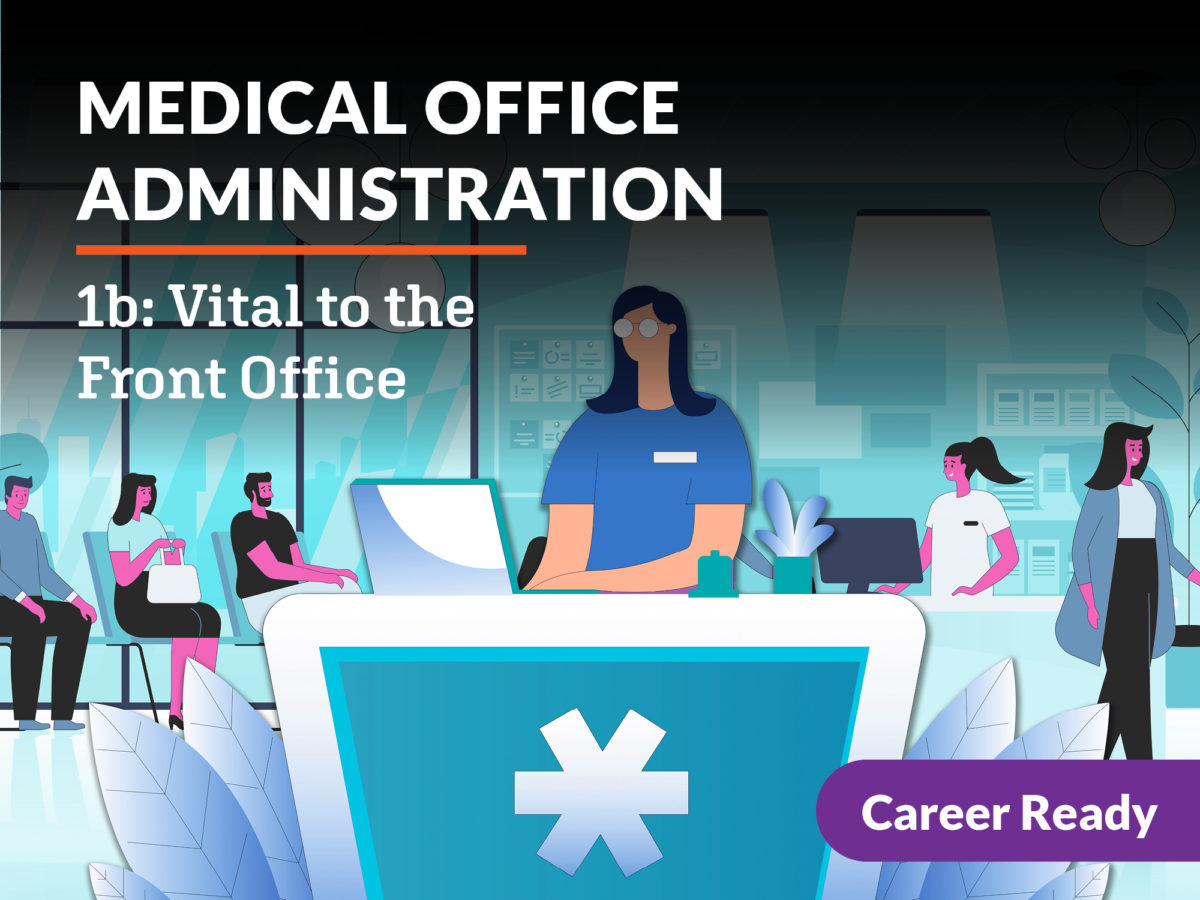The Future of Medical Administration: Trends and Innovations to See
The Future of Medical Administration: Trends and Innovations to See
Blog Article
Finest Practices in Medical Management for Improving Performance and Reducing Expenses
In the ever-evolving landscape of health care, the quest of finest methods in clinical administration is paramount for boosting effectiveness and suppressing expenditures. By incorporating sophisticated modern technologies such as digital health and wellness documents and telemedicine, health care service providers can simplify operations and boost client care.
Leveraging Advanced Technology
The combination of digital services into health care systems has actually transformed the means centers operate, simplifying processes and boosting person treatment. By centralizing patient details, EHRs eliminate the demand for cumbersome documentation and promote smooth interaction amongst medical care companies.
Telemedicine is another technological development that has transformed patient communication. It supplies benefit for both patients and health care experts by allowing remote appointments, which can reduce the demand for in-person brows through and maximize consultation scheduling. Furthermore, telehealth platforms can prolong healthcare access to rural or underserved locations, linking voids in care distribution.
Additionally, the usage of Expert system (AI) and artificial intelligence is coming to be increasingly widespread in predictive analytics, allowing for very early detection of potential health and wellness problems and even more educated decision-making. These modern technologies, when incorporated efficiently, can improve diagnostic precision and personalize individual treatment plans, eventually causing improved healthcare results and functional performance.
Optimizing Resource Allotment
Effective resource appropriation is critical for taking full advantage of the efficiency of clinical management. By purposefully handling resources such as employees, devices, and financial resources, healthcare centers can substantially boost their functional efficiency, enhance patient results, and reduce unneeded expenditures. The very first step in maximizing resource allocation entails carrying out a comprehensive assessment of current possessions and recognizing locations where sources may be underutilized or overextended. This assessment needs to be data-driven, utilizing metrics and analytics to notify decision-making processes.
Focusing on resource appropriation based on patient requirements and solution needs is crucial. Executing versatile staffing designs can additionally optimize labor sources by adjusting workers allocation in response to fluctuating patient volumes.
Funds need to be meticulously monitored and designated with calculated insight to support both short-term functional requirements and lasting institutional goals. This includes investing in training programs that improve staff expertises and adopting energy-efficient techniques that decrease operational costs (medical administration). Ultimately, a maximized source allotment approach promotes a sustainable healthcare environment that is responsive, efficient, and economically sensible
Streamlining Workflow Procedures
When health care centers objective to enhance operational efficiency, enhancing operations procedures becomes a critical emphasis. Reliable workflows minimize redundancy, eliminate unneeded actions, and improve sychronisation among health care experts. This method not only accelerates solution delivery yet likewise improves the quality of patient treatment.

Following, modern technology assimilation plays a considerable duty in improving workflows. Implementing digital health documents (EHRs) and computerized medical professional order entrance (CPOE) systems minimizes documents, lessens human error, and makes sure details comes to all pertinent employees. In addition, leveraging telemedicine systems can enhance individual consultations and follow-ups, minimizing the strain on physical infrastructure.

Eventually, structured process bring about set you back decreases and enhanced person complete satisfaction, promoting an extra lasting medical care environment.
Enhancing Information Management
Structure upon structured process, optimizing information management comes to be an important element in advancing health care management. Reliable information monitoring systems are important for keeping accurate client documents, enhancing decision-making, and ensuring compliance with regulative criteria. By implementing durable information monitoring remedies, healthcare facilities can boost the quality of patient treatment while simultaneously minimizing functional expenses.
One trick facet of enhancing data monitoring is the integration of innovative electronic wellness record (EHR) systems. These systems help with the seamless exchange of patient info throughout various divisions, minimizing duplication of tests and lessening mistakes. A well-designed EHR system supports data analytics, enabling medical care companies to identify fads and make informed choices relating to individual care.
Moreover, protecting patient data is paramount. Adopting detailed cybersecurity procedures, consisting of security and normal audits, makes certain the integrity and confidentiality of sensitive info. This not only shields clients but additionally maintains the institution's credibility.
Spending in team training is an additional vital element. Informing healthcare professionals on information administration methods enhances their capability to effectively use modern technology, bring about improved individual outcomes. To conclude, improving data administration via sophisticated modern technology and comprehensive training is essential for attaining effectiveness and cost reduction in get redirected here medical management.
Fostering Collaborative Communication
A vital component ahead of time clinical administration is promoting collective interaction amongst healthcare specialists. Efficient communication is critical for making sure seamless client treatment, maximizing therapy outcomes, and lessening errors. By motivating open dialogue and sychronisation across multidisciplinary teams, health care organizations can boost their operational effectiveness and minimize unnecessary costs.
Central to this strategy is the assimilation of interaction innovations such as electronic wellness records (EHRs) and protected messaging systems, which promote the fast exchange of crucial person details. These tools allow health care service providers to gain access to and share information in actual time, ensuring that all staff member are educated and straightened in their decision-making processes. In addition, regular group meetings and interdisciplinary rounds can better advertise a society of partnership and liability.
Training programs concentrated on boosting communication abilities are likewise necessary. Ultimately, promoting collaborative interaction leads to enhanced medical care shipment and cost financial savings.

Conclusion
Including innovative modern technology, such as digital go right here health and wellness documents and telemedicine, together with enhanced source allocation and streamlined workflow processes, is essential for improving efficiency in medical management. Efficient data administration and cultivating collective interaction amongst medical care teams are essential for decreasing redundancies and improving treatment quality. By prioritizing preventive care and participating in high quality renovation efforts, health care companies can attain considerable cost financial savings and boosted client outcomes, therefore making sure lasting health care Read Full Article distribution in an increasingly intricate atmosphere.
Report this page